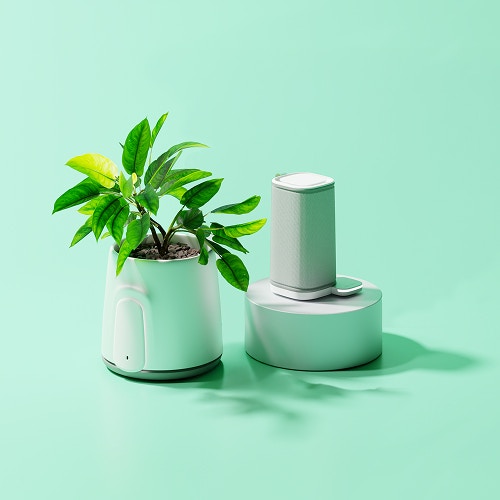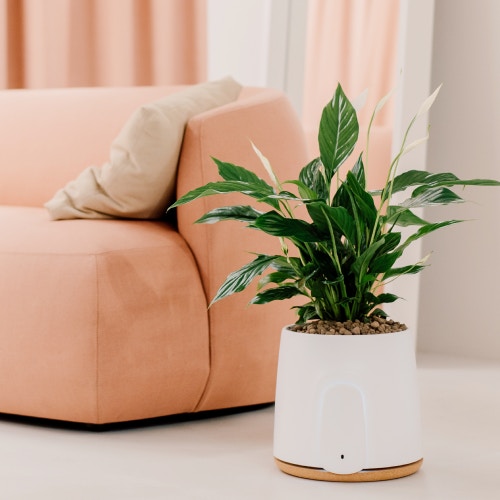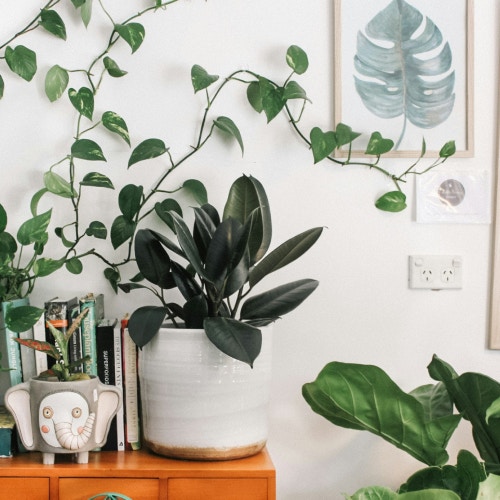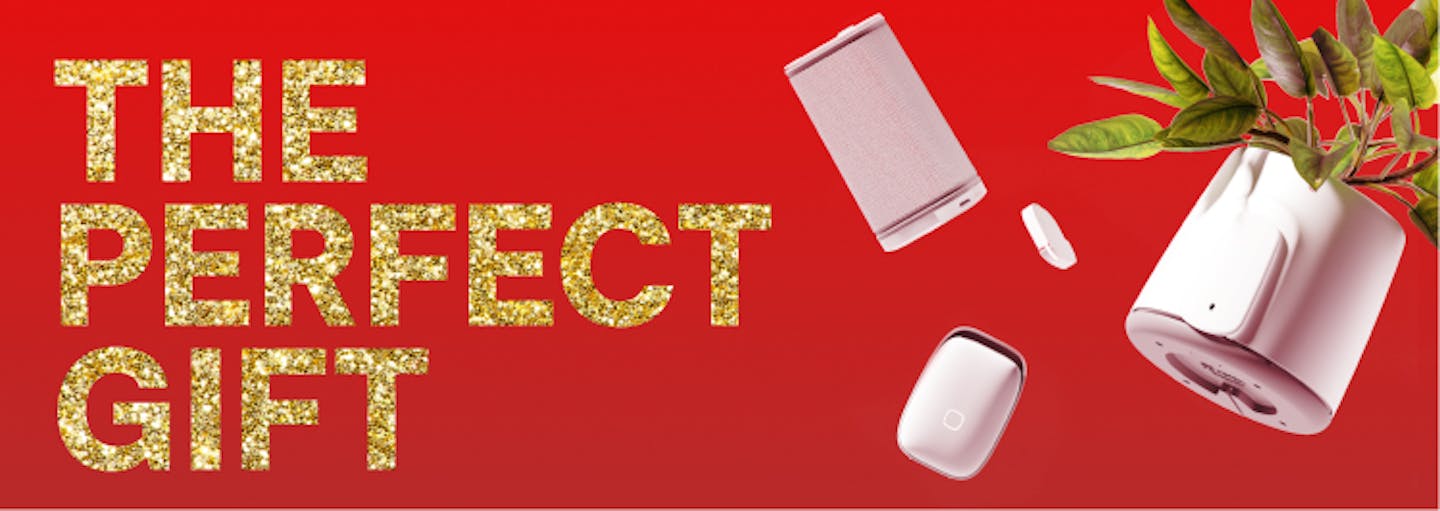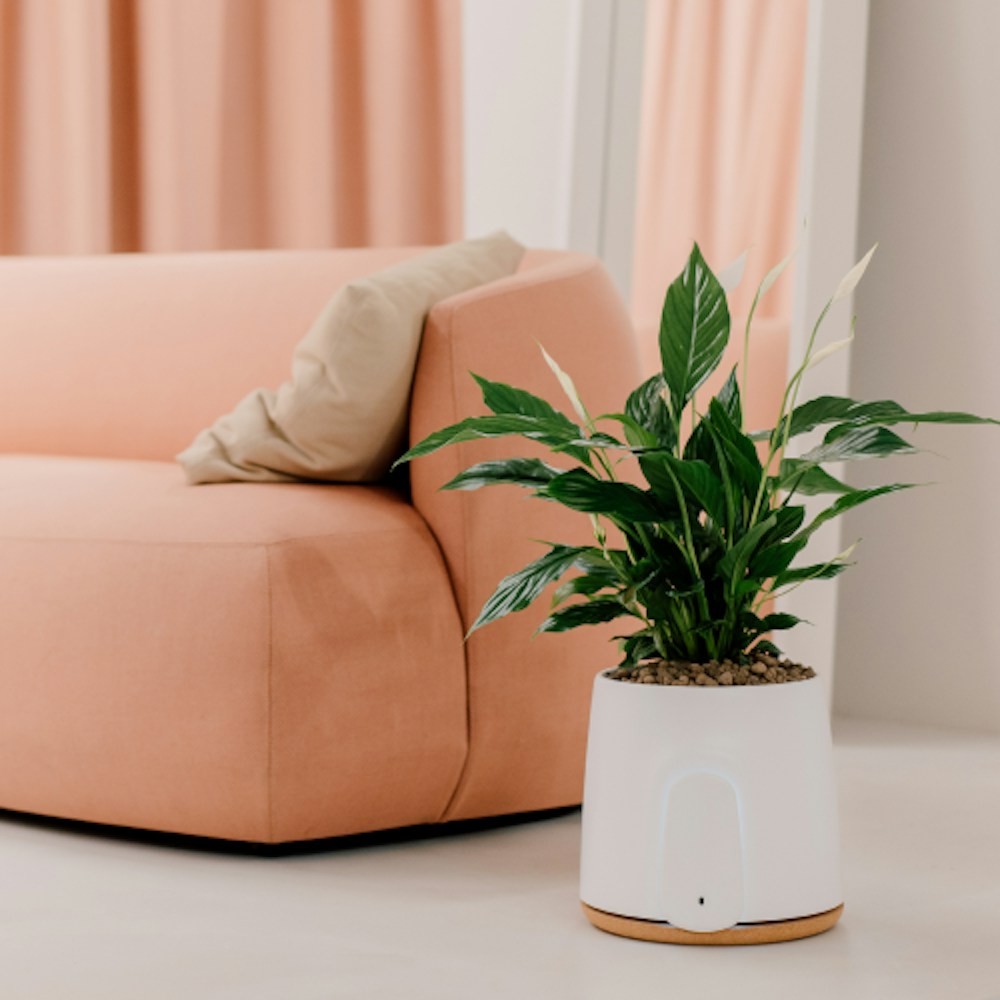
Why do you need an air purifier with an air conditioner?
→
Can an air conditioner replace an air purifier? Or they work in a different way? Discover the difference between these two devices
How does an air conditioner work?
Are air conditioners safe for indoor air quality?
How do air purifiers work?
- HEPA filters
- PCO filters
Is it recommended to use an air purifier with an air conditioner?
Natede Basic: the natural air purifier
Breathe better and change your way of living the interior spaces
How does an air conditioner work?
Most of us use air conditioners during the summer, or at least any system that lowers the air temperature to ensure a cooler environment in indoor spaces.
They are devices that deal exclusively with regulating the airflow inside a room from hot to cold. Therefore their main function can only be identified in this "conditioning" (hence the name) of the air temperature.
There are obviously air conditioners that perform other more accurate functions and with a slight attention to the quality of the air emitted, but they have severe limitations and can sometimes even be harmful to our indoor environments.
Are air conditioners safe for indoor air quality?
The fast answer is: yes, air conditioners are generally safe. However, there are some important details to keep in mind.
Some air conditioners are equipped with air filters that have a purifying function. It is easy to think that it is not necessary to purchase an air purifier, given this system integrated into the air conditioner.
Unfortunately this is not the case, for two main reasons:
- the filters that air conditioners are generally equipped with are limited to blocking dust and large pollutants, not dealing with microorganisms and small particles that easily escape the blocking meshes of these filters
- the filtering systems of air conditioners tend to become saturated quickly and instead of purifying they could themselves become environments for the proliferation of bacteria and germs that are dangerous for our health. So it’s good to carry out a continuous replacement of filters to always be sure that at least the minimum part of air filtration is functioning and optimal.
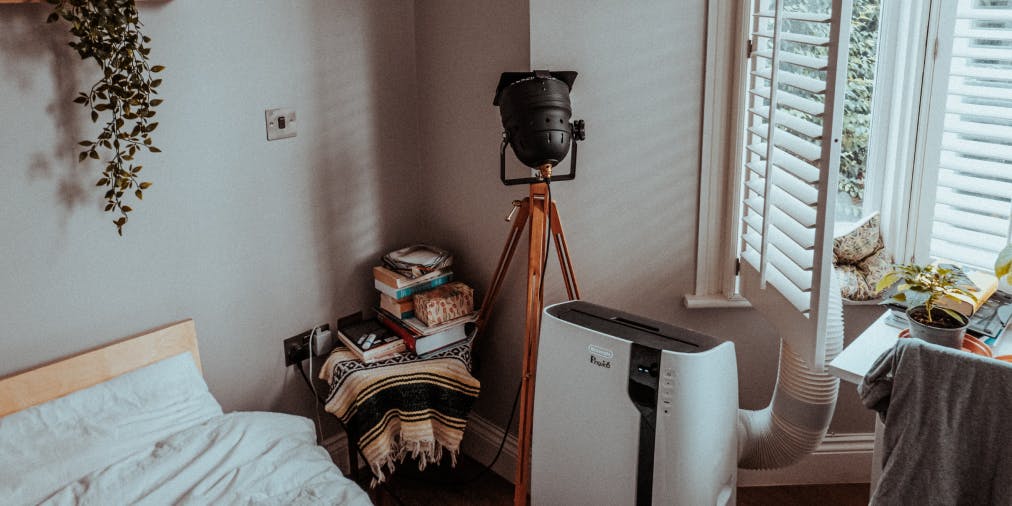
Having only one air conditioner in your internal space does not guarantee clean air but, at least, it does not risk worsening the quality of the internal air if properly treated.
So how can we get healthy and clean air without giving up the pleasure of fresh air from the air conditioner?
The answer is simple: using an air purifier!
How do air purifiers work?
But how do air purifiers work? What types are there on the market? What alternatives are there? Are they all the same or do they purify in a different way?
The air purification market is divided into two different purification technologies: HEPA filters and PCO filters.
Two technologies that are very often compared, but which in reality are very different.
HEPA filters
HEPA filters, or High Efficiency Particulate Air, are the most popular purifiers on the market.
They capture the air and then filter it through their tight and dense meshes, thus capturing a good range of pollutants.
They are very effective against dust, hair and particulate matter, but cannot eliminate pollutants such as viruses, bacteria and VOCs (Volatile Organic Compounds).
Only a particular category of HEPA air purifiers are also able to have partial effectiveness against these last pollutants, and they are HEPA filters with activated carbon. However, the problem with activated carbon is that they tend to saturate their purification capacity very quickly and require continuous filter replacement, with the risk (if not changed in time) of becoming a real proliferation ground for dangerous pollutants. like bacteria.
HEPA filters, therefore, as a purification flow, can be defined as a more efficient version of air conditioners: but as we have seen, they have disadvantages of effectiveness and maintenance.
PCO filters
PCO filters are filters that use Photocatalytic Oxidation technology. It is an innovative purification process that does not just block, but eliminates pollutants through a safe and effective chemical reaction.
The filters are engineered (therefore generally covered) with a nanomaterial which is then activated by the light of the LEDs placed under it, thus managing to produce this microenvironment inside the device that eliminates viruses, bacteria, VOCs, molds, odors and dust.
The life of PCO filters is considerably longer than HEPA filters, so it makes their maintenance very easy and sometimes even negligible, because some technologies allow you to have a filter that never runs out of effectiveness.

Is it recommended to use an air purifier with an air conditioner?
The answer is yes! It is recommended, because the action of lowering the temperature and the purifying action of the air do not cancel each other out, but rather: they are complementary to guaranteeing a fresh, regenerating and pleasant environment!
Which air purifier to choose between HEPA and PCO in this situation?
We have already seen the characteristics of both technologies, and what we at Vitesy recommend is undoubtedly the PCO technology!
In fact, the air conditioners already have filters inside them that partially filter the largest pollutants, such as dust and large pollutants.
What is lacking in the air that is expelled from these devices is a removal of molecular-sized pollutants, such as viruses, bacteria and VOCs.
The solution we want to present to you to take care of your environment is Natede Basic, our new entry level natural purifier!
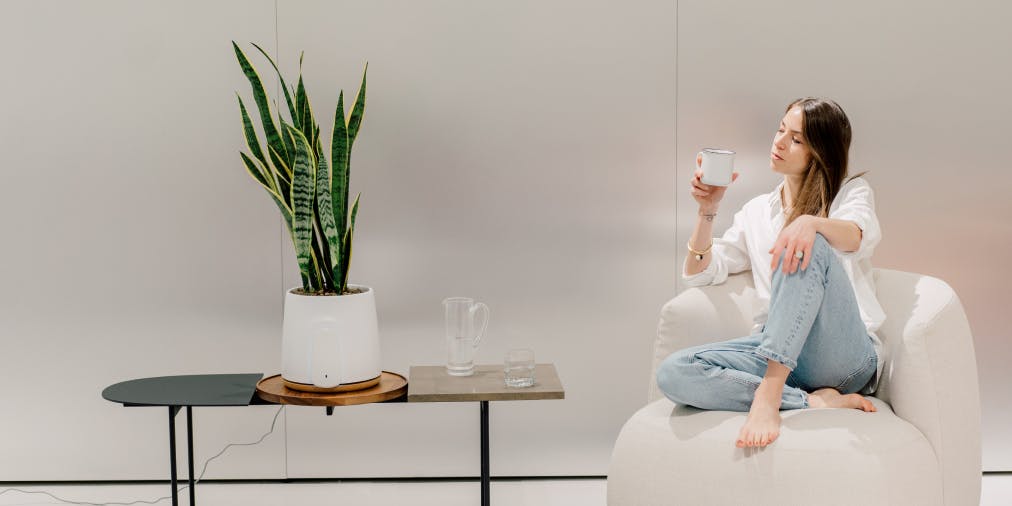
Natede Basic: the natural air purifier
Vitesy has chosen to exploit PCO technology because it is considered the most cutting-edge and eco-sustainable alternative on the market.
In fact, the solution we propose is called Natede Basic: a natural air purifier capable of combining 3 extraordinary principles such as Nature, Technology and Design in a single device.
The creation of our Natede Basic started from a NASA study, according to which some types of plants are able to purify the air thanks to their growing substrate.
In the Natede Basic technology, this phyto-purification power of the plants is enhanced by the PCO system, that is, thanks to the photocatalysis process.
Thanks to a particular chemical reaction that occurs between the action of the visible band LEDs and the tungsten trioxide (WO3) that covers the ceramic filter, it is possible to obtain extraordinary results by eliminating:
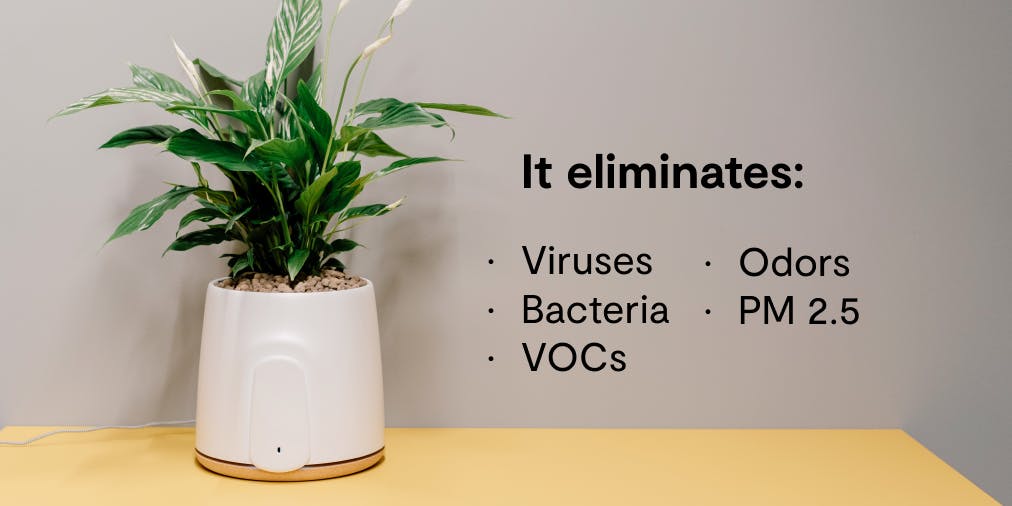
These results are possible because photocatalysis is able to break down pollutants at the molecular level, breaking them down into harmless and harmless substances for our organism.
Furthermore, our type of photocatalytic filter is perennial, meaning that it does not need to be replaced because tungsten trioxide does not exhaust its effectiveness.
To ensure an always optimal level of purification, simply rinse it under water once a month to remove any impurities that have deposited.
Natede Basic is an air purifier with a unique and minimal design, suitable for any space and context, which takes care of your indoor air making it safe and healthy.
Breathe better and change your way of living the interior spaces
Discover now the benefits of Natede Basic and all its features, and choose to live your time in the spaces you love in a new and better way.
We often pay close attention to what we eat and what we drink, but we forget about the air we breathe, forgetting that we take more than 20,000 breaths every day.
Because if you breathe better, you live better!
